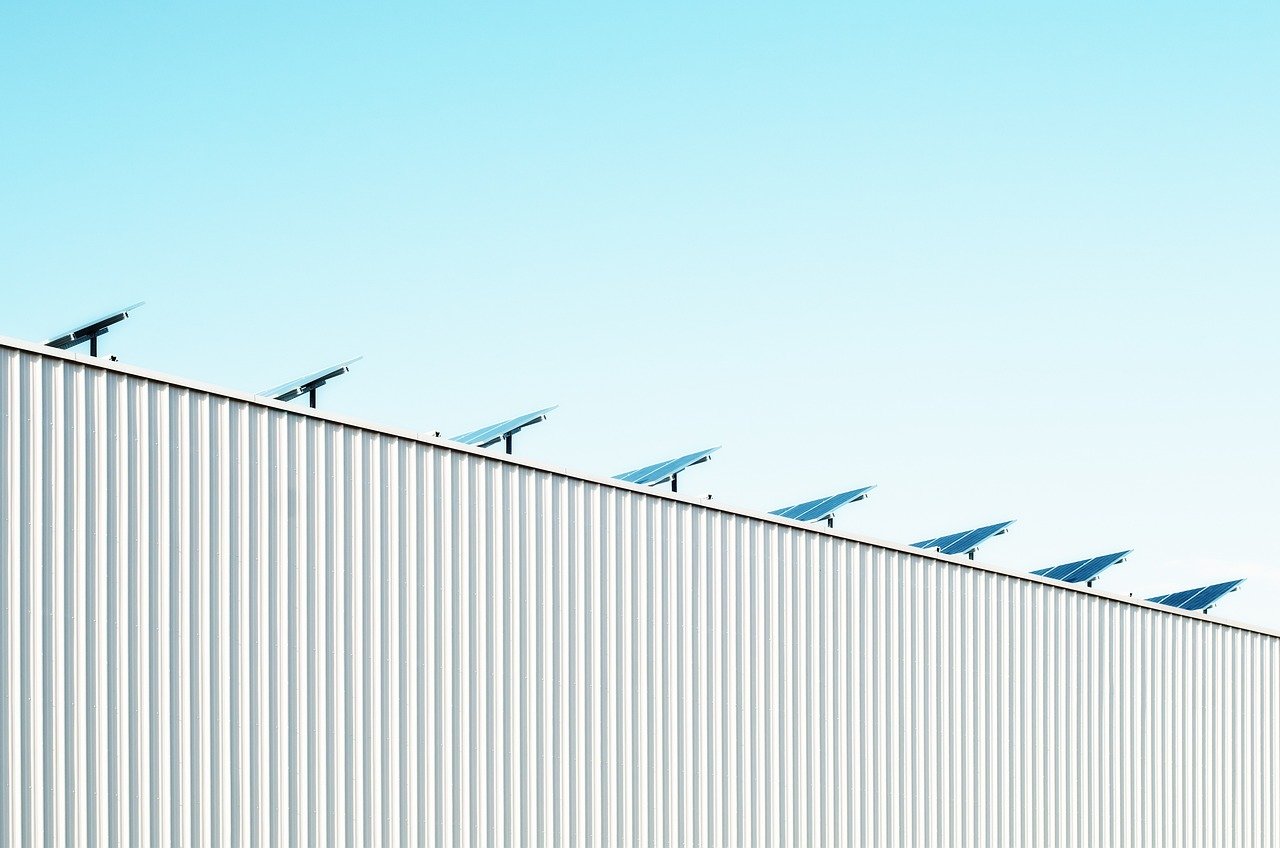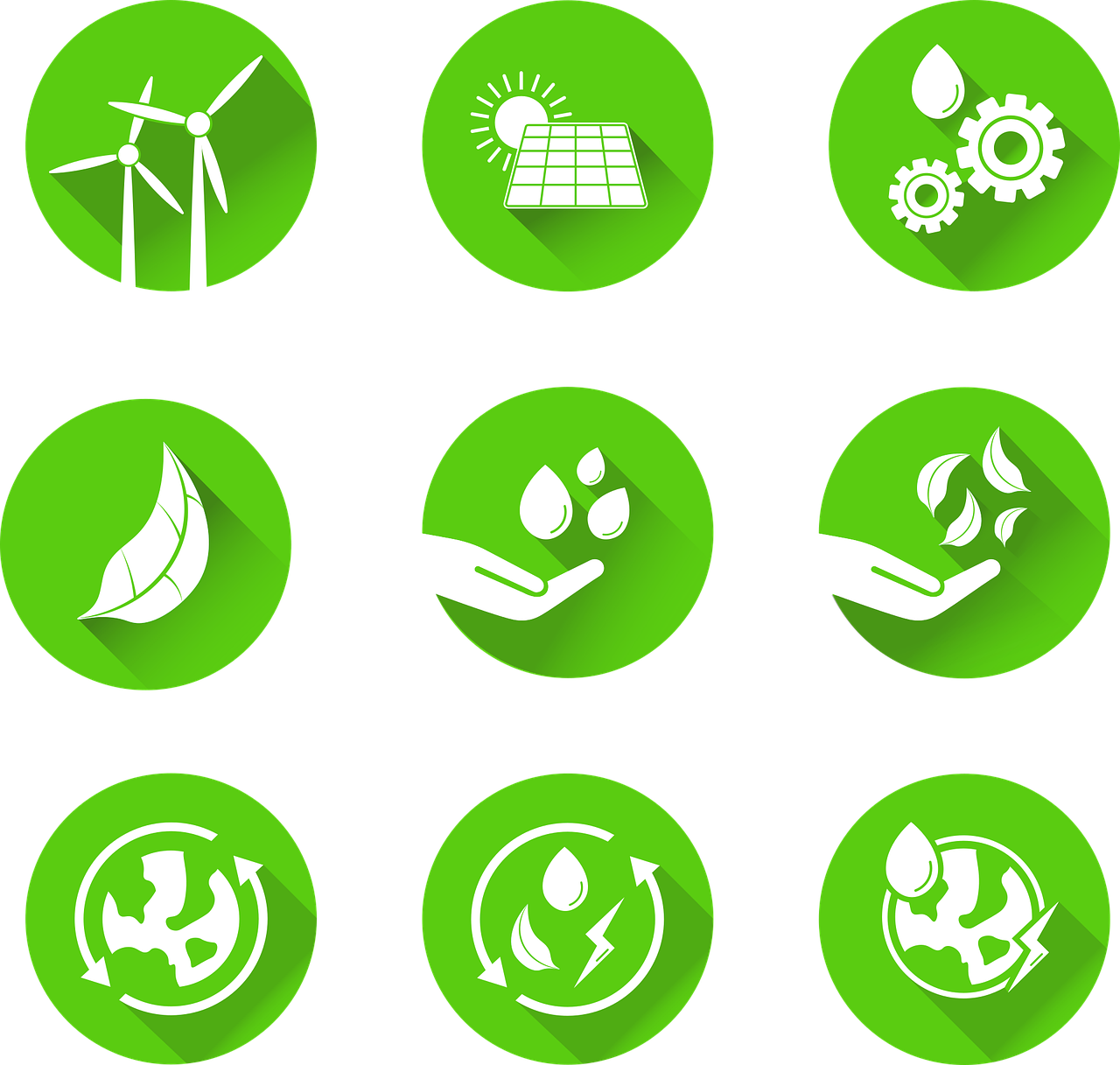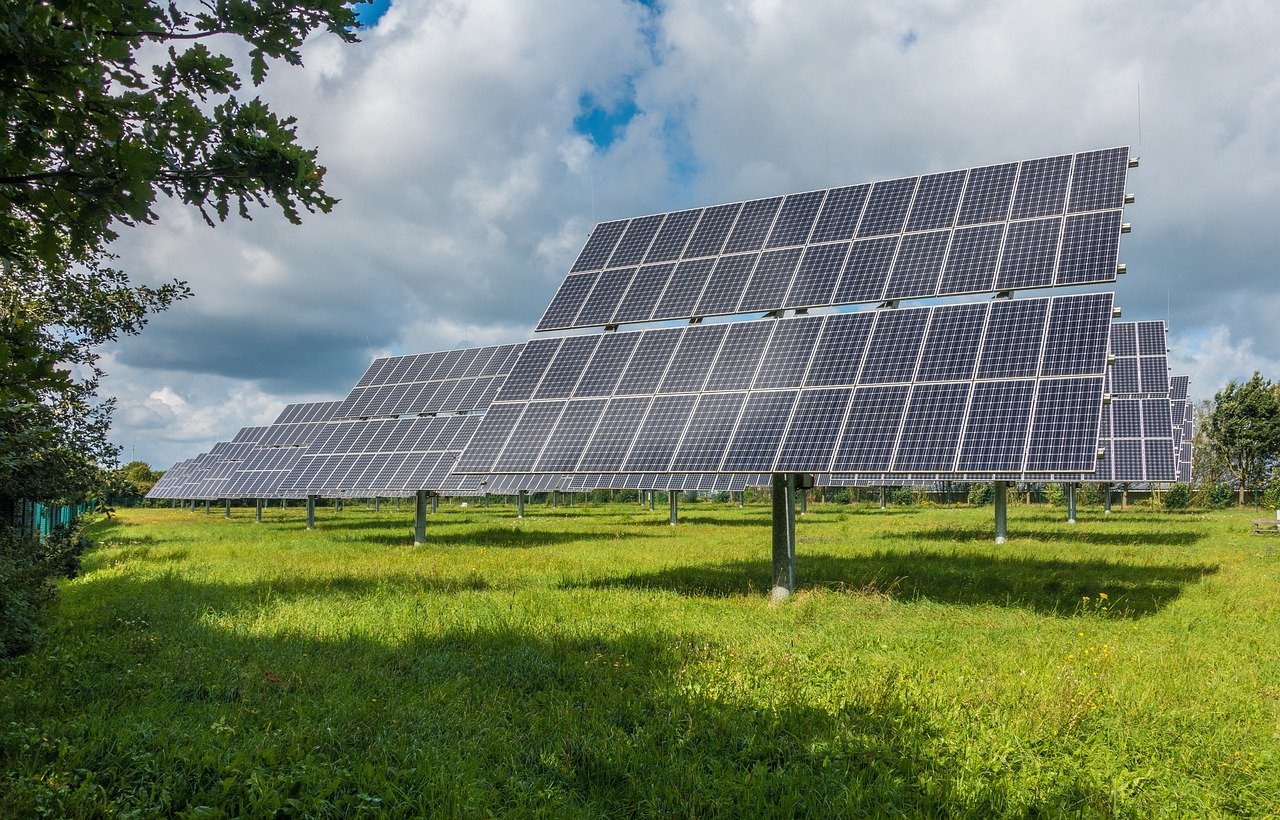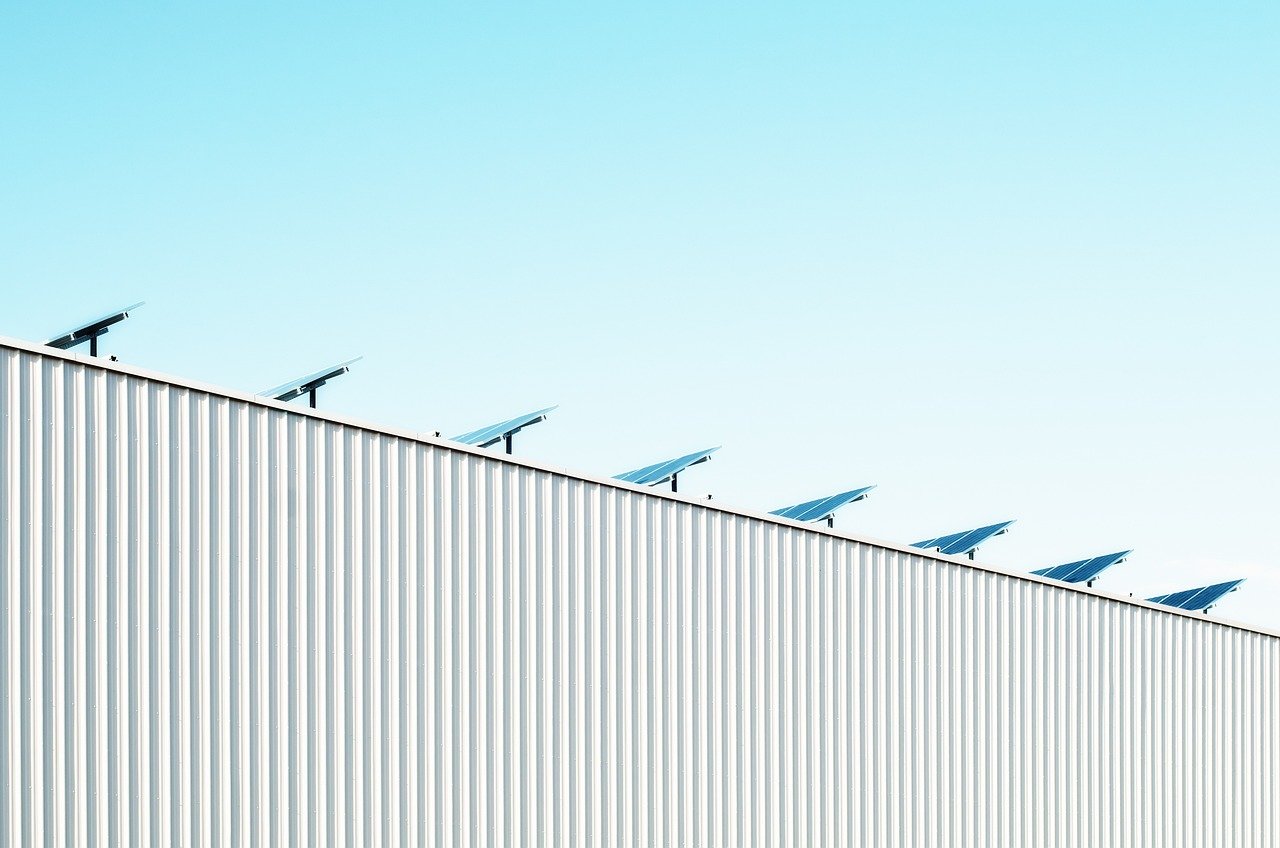Navigating through the world of solar energy might feel overwhelming sometimes, especially when it comes to distinguishing between on-grid and off-grid systems. In all simplicity, your plunge into understanding these concepts can make a significant difference in the way you harness and utilize this renewable energy source. This article will equip you with the invaluable distinction between on-grid and off-grid solar systems – helping you to comprehend how each functions, their pros and cons, and importantly, deciding which one complements your energy consumption needs. Hold tight as we promptly and clearly elucidate on this illuminating matter, ensuring a clear path towards a more sustainable future lit by the sun.
Defining Solar Energy
Firstly, let’s dive into the shining and promising world of solar energy. Whenever you hear the term ‘solar energy,’ it refers to electromagnetic energy (solar radiation) that the sun generates. Characterized by its cubic geometry, this powerful energy makes a colossal trek of about 93 million miles to reach us here on planet Earth!
Concept of Solar Energy
Solar energy is a type of renewable energy source harnessed from the Sun’s rays. In simple terms, it’s the energy you get from sunlight. Pretty straightforward, right? But how it’s captured, converted, and distributed is where the real magic happens, and that’s what we’re about to dive into.
How Solar Energy Works
Your typical solar power system works by employing a group of solar panels, usually installed on rooftops or other sunny places. These panels contain cells that work to convert sunlight into direct current (DC) electricity. To be usable in homes and businesses, an inverter is used to change this DC electricity to alternating current (AC)- the type used by most modern appliances.
Importance of Solar Energy
Without a doubt, solar energy has an irreplaceable role in the future of the world’s energy landscape. The reason? It’s clean, renewable, and for the most part, free – apart from setup and maintenance costs. It aids in reducing our dependency on fossil fuels, thereby mitigating climate change and making our planet a better place.
Brief History of Solar Energy
Would you be surprised to know that the concept of harnessing the sun’s energy isn’t as modern as you think? It dates back to the 7th century B.C., where magnifying glasses were used to concentrate the sun’s rays and create fire. Fast forward to the 19th century, solar energy saw technological advancement with the development of photovoltaic cells.
Introduction to On-Grid Solar
Now that we have discussed solar energy in general, let’s examine on-grid solar, a popular form of harnessing this renewable energy.
Explanation of On-Grid Solar
On-grid solar systems, often called grid-tied solar systems, are connected directly to the public electricity grid. This enables excess energy to be fed back into the grid, allowing for possible financial compensation from the utility company.
Key Components of an On-Grid Solar System
An on-grid solar system comprises mainly four components – the solar panels, a DC to AC inverter, a power meter, and the grid connection. The panels churn out DC electricity, the inverter converts it into AC electricity, and the meter monitors the energy produced.
Working Principle of On-Grid Solar System
On-grid solar systems produce power only when the grid is available. They generate electricity during sunlight hours, which is consumed directly by the user. Any surplus power is exported to the grid, and in some regions, users are compensated for this excess energy!
Benefits and Limitations of On-Grid Solar
There’s a yin to each yang, isn’t there? On-grid solar does have its pros such as a lower installation cost, the opportunity to earn from excess energy, and constant electricity availability. However, its limitations include dependence on the utility grid. During a power outage, an on-grid solar system will stop generating electricity to prevent back-feeding that can harm utility workers fixing the outage.

Introduction to Off-Grid Solar
Let’s swap gears and venture into the world of off-grid solar systems. These offer you a way to be fully independent when it comes to your energy consumption. Too good to be true? Let’s see.
Understanding Off-Grid Solar
Unlike on-grid solar, off-grid systems are not connected to the public electricity grid. These systems completely depend on the sun for electricity and often include battery storage to make sure the lights stay on after sunset.
Detailed Activity of an Off-Grid Solar System
An off-grid solar system functions independently and is composed of solar panels, inverters, and batteries. During the day, the solar panels capture sunlight and convert it into electricity, freeing you from power cuts and fluctuating electricity costs.
Benefits and Disadvantages of Off-Grid Solar
Going off-grid means enjoying the freedom of being entirely self-sustaining with your energy use. While the idea of not relying on the utility company might sound appealing, keep in mind the higher upfront costs of installing an off-grid solar system. It also requires a comprehensive maintenance regimen as compared to on-grid systems.
Understanding Connection to the Power Grid
On to the power grid. Primarily, the grid is the network that carries electricity from the generator to your home.
The Role and Function of Power Grid
The primary function of the power grid is to transfer electrical power from producers to consumers. It provides an instantaneous and continuous power supply to households and businesses.
Significance of Connection to Power Grid for On-Grid Solar
Being connected to the power grid is crucial for on-grid solar systems. It ensures you have a constant supply of electricity, especially when sunlight is insufficient, and lets you send back excess power to the grid.
How Off-Grid Solar Functions without Connection to Power Grid
Off-grid solar systems manage to function without connecting to the power grid by storing excess electricity produced during the day in batteries for use throughout the night or on cloudy days.

Energy Accessibility and Dependability
Both on-grid and off-grid solar systems have distinct energy accessibility and dependability facets.
On-Grid Solar and Dependability
On-grid solar systems are tied to your local utility grid, ensuring a consistent supply of electricity. If there’s a dip in solar energy production, the grid can pick up the slack.
Off-Grid Solar and Energy Accessibility
For off-grid solar systems, energy accessibility is directly tied to how much solar electricity your panels generate and how much of this power you can store in your system’s batteries.
Comparison of On-Grid and Off-Grid Solar in Terms of Energy Dependability
When it comes to reliability, on-grid solar systems benefit from their connection to the wider grid. Off-grid systems, on the other hand, are entirely dependent on their battery capacity and the amount of sunlight available to them.
Solar Energy Storage
Let’s shine some light on another critical part of a solar energy system – storage.
Importance of Energy Storage in Solar Systems
Energy storage becomes paramount, especially when dealing with intermittent energy sources like solar. During daylight hours, when production can exceed demand, excess energy can be stored for use during nighttime or during periods of high demand.
On-Grid Solar and Energy Storage
For on-grid systems, the grid almost acts like a large battery. When your system generates more electricity than you can use or store, it goes to the grid. In periods of underproduction, you can draw this electricity back.
Off-Grid Solar and Energy Storage
For off-grid solar, batteries are essential. They store excess solar production during the day, which is then used to power your needs later in the day or at night.
Comparing On-Grid and Off-Grid Solar in Terms of Energy Storage
When comparing storage in on-grid and off-grid solar systems, an on-grid system relies on the grid to balance its production and consumption, while an off-grid system relies on batteries.

Cost Implications
Perhaps one of the most crucial points to ponder is the cost implication of switching to solar energy.
Financial Aspect of On-Grid Solar
On-grid solar tends to have a lower upfront cost compared to its off-grid counterpart due to the absence of expensive batteries. However, you will still have to pay for any electricity you use from the grid.
Economic Implications of Off-Grid Solar
Off-grid solar has a higher upfront cost, especially if you opt for a battery storage system. Yet, once installed, the ongoing costs can be minimal – if not free!
Comparing Costs of On-Grid and Off-Grid Solar Systems
The decision between on-grid and off-grid solar will partly boil down to your willingness to invest upfront. While off-grid systems can be costlier initially, they may offer additional independence and steadiness in the long run.
Maintenance and Durability
Solar systems are relatively low in maintenance. However, some key differences arise between on-grid and off-grid systems.
Maintenance Requirements for On-Grid Solar Systems
On-grid systems require minimal maintenance as they have fewer components than an off-grid system. Regular cleaning of solar panels and occasional check-ups should suffice.
Maintenance Requirements for Off-Grid Solar Systems
Off-grid solar systems require more maintenance due to the extra components involved, such as batteries. These batteries need regular check-ups and replacement after their life span.
Durability of On-Grid vs Off-Grid Solar Systems
Generally, both systems are quite durable, potentially lasting upwards of 25 years. This partly depends on factors such as the panel quality, the local climate, and maintenance.
Environmental Impact of On-Grid and Off-Grid Solar
Solar energy produces clean, green, renewable power. But do on-grid and off-grid solar systems have different environmental impacts?
Environmental Benefits of On-Grid Solar
On-grid solar systems do less environmental harm as they do not require batteries. They assist in reducing carbon footprints by supplying surplus energy into the grid, thus decreasing the overall reliance on non-renewable power sources.
Ecological Impact of Off-Grid Solar
Off-grid systems also carry an environmental benefit, as they completely eliminate reliance on the utility grid. However, the production and eventual disposals of batteries can have an environmental toll.
Comparative Analysis of On-Grid and Off-Grid Solar in Terms of Environmental Sustainability
In essence, both on-grid and off-grid solar systems are significantly more environmentally friendly than traditional fossil fuel-based energy sources. They each have their unique strengths and considerations.
Choosing between On-Grid and Off-Grid Solar
Lastly, let’s explore some key factors when choosing between on-grid and off-grid solar systems.
Considerations for Selecting an Appropriate Solar System
Choosing the right solar system isn’t a one-size-fits-all situation. It ultimately depends on your personal energy needs, budget, location, and sustainability goals.
Other Elements to Consider in the On/Off Grid Decision
Other factors to consider include the availability and reliability of the grid in your area, the financial incentives available, and your willingness or ability to maintain a system.
Conclusion: Making the Right Choice
The choice between an on-grid and off-grid solar system can seem overwhelming, but understanding the facts can help you make the right decision. It’s all about planning, budgeting, understanding your energy needs, and considering your long-term goals for sustainability. Ivy onto the future, because solar power is here to stay, and it would do us all a world of good to learn to harness this natural, abundant, clean energy resource.
